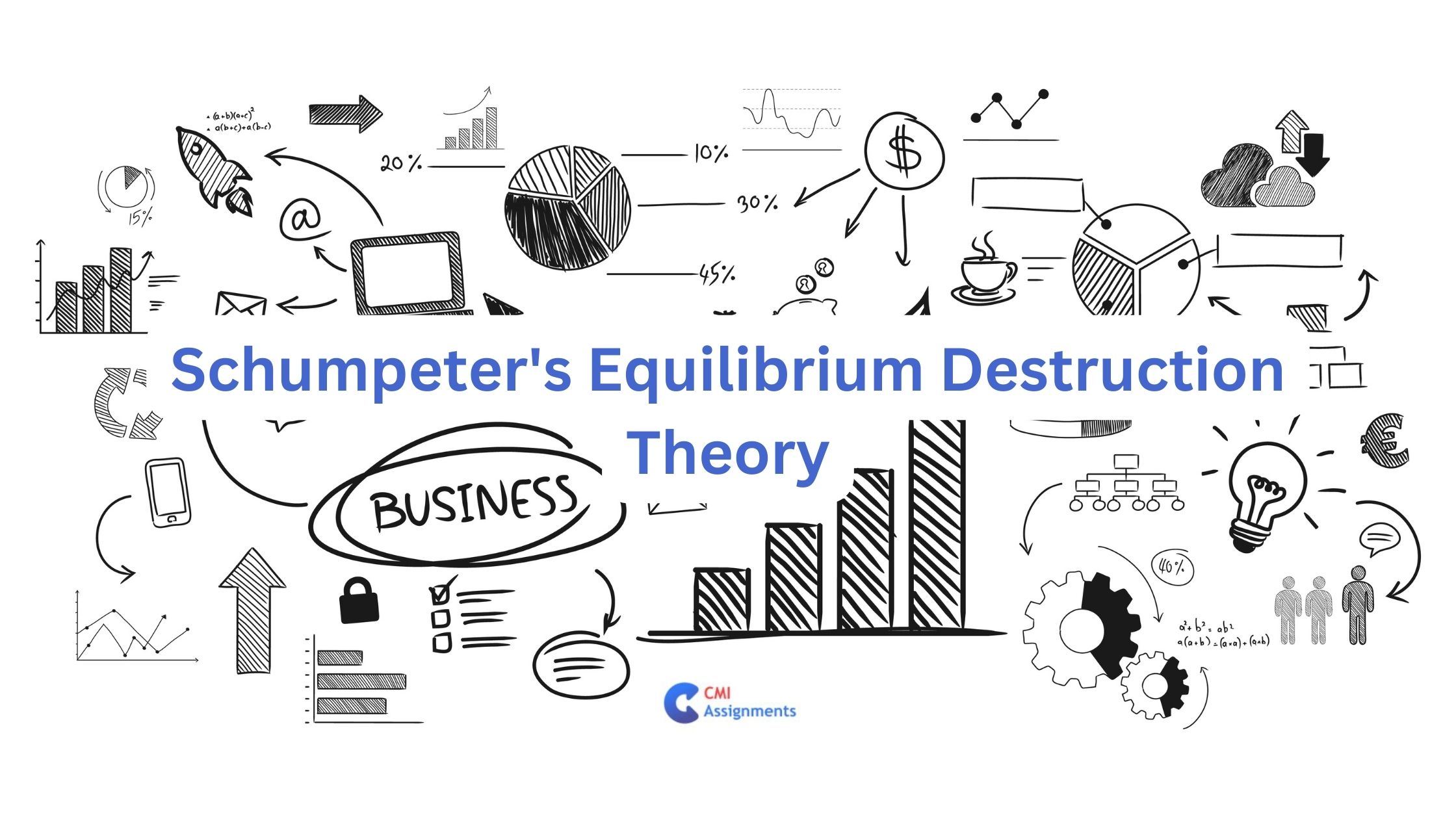Delving into the intersection of strategic management and entrepreneurship, the theories of Joseph Schumpeter illuminate the process of economic growth through innovation. This article explores Schumpeter’s equilibrium destruction theory, analyzing how entrepreneurs catalyze economic dynamism by identifying and seizing opportunities amidst competition.
Navigating the Dynamics of Modern Business
Within the realm of strategic management, Joseph Schumpeter emerges as a luminary figure. His theories on strategic entrepreneurship offer profound insights into how businesses innovate, compete, and ultimately flourish in a dynamic marketplace. In today’s landscape, characterized by rapid technological advancements, evolving consumer preferences, and intensified global competition, Schumpeter’s ideas resonate more profoundly than ever before. At the core of his philosophy lies the concept of creative destruction – the belief that economic progress arises from the continual upheaval of existing structures through entrepreneurial innovation.
Schumpeter’s Evolution of Entrepreneurship: From Cantillon to the Present
To understand the context of Schumpeter’s theories, it’s essential to trace the evolution of entrepreneurship throughout history. Richard Cantillon, an early economic theory proponent, recognised entrepreneurship’s pivotal role in driving economic activity. He viewed entrepreneurs as risk-takers who identify opportunities and allocate resources to maximize profit. Building upon Cantillon’s insights, Schumpeter expanded the scope of entrepreneurship to encompass innovation and creative destruction. His seminal work, “The Theory of Economic Development,” laid the groundwork for understanding entrepreneurship as a catalyst for economic progress.
As we explore the historical trajectory of entrepreneurship, we encounter a rich tapestry of ideas and perspectives. From classical economists emphasizing capital accumulation to Schumpeter’s focus on innovation and disruption, each era contributes to our understanding of entrepreneurial dynamics. Adam Smith viewed entrepreneurs as prudent resource managers, while J.B. Say highlighted their role in driving economic growth through innovation. These diverse viewpoints converge in Schumpeter’s synthesis, positioning entrepreneurship as the engine of creative destruction and economic renewal.
Schumpeter’s Theory of Strategic Entrepreneurship: Creative Destruction in Action
At the heart of Schumpeter’s theory lies the concept of creative destruction – a process wherein entrepreneurial innovation disrupts existing economic structures, paving the way for new opportunities and growth. Schumpeter envisioned entrepreneurs as agents of change, continually challenging the status quo through the introduction of new products, processes, and business models. In today’s fast-paced environment, characterized by technological disruption and digital transformation, the relevance of creative destruction cannot be overstated.
Schumpeter’s theory of strategic entrepreneurship underscores the symbiotic relationship between innovation and competition. He argued that firms must continuously innovate to maintain a competitive edge, as market forces relentlessly drive industry evolution. By embracing disruptive technologies, exploring new markets, and reimagining business models, firms can harness the power of creative destruction to fuel growth and prosperity.
The Future of Strategic Entrepreneurship
Looking ahead, the future of strategic entrepreneurship lies in harnessing emerging technologies to create value. With artificial intelligence, blockchain, and the Internet of Things, businesses have unprecedented opportunities to innovate and differentiate themselves in the market. Companies like Tesla have redefined industries by combining electric vehicles with advanced autonomous driving technology. Such innovations disrupt existing markets and create entirely new industries, paving the way for future growth and prosperity.
Implications for Business Leaders
Embracing Schumpeter’s theories necessitates a fundamental shift in mindset and strategy for business leaders. Instead of focusing solely on short-term profits, leaders must adopt a long-term perspective that prioritizes innovation and adaptation. This requires fostering a culture of creativity and risk-taking within organizations, where employees are encouraged to experiment and explore new ideas. Moreover, leaders must be willing to invest in research and development, even if it means disrupting existing business models and positioning their companies as industry leaders and drivers of change.
Schumpeter’s Legacy in Today’s Business Environment: Embracing Innovation and Adaptation
Joseph Schumpeter’s theories on entrepreneurship and innovation continue to resonate in today’s business landscape. By embracing disruption, fostering a culture of innovation, adapting to technological shifts, and collaborating across ecosystems, businesses can honour Schumpeter’s legacy while charting a course for success in a dynamic environment. Schumpeter’s equilibrium destruction theory offers profound insights into the dynamics of modern business, guiding firms towards long-term success amidst constant change and disruption.
Conclusion: Embracing Schumpeter’s equilibrium destruction theory
Joseph Schumpeter’s equilibrium destruction theory provides invaluable insights into the dynamics of modern business. By understanding the interplay between entrepreneurship, innovation, and competition, firms can confidently navigate the complexities of the 21st-century economy. As technology continues to reshape industries and redefine business models, the imperative for strategic entrepreneurship has never been greater. By embracing Schumpeter’s vision and fostering a culture of innovation, organizations can position themselves for long-term success in an era of constant change and disruption. As we look to the future, Schumpeter’s legacy serves as a guiding light, inspiring businesses to innovate, adapt, and thrive in an ever-evolving landscape.





Pingback: Wolcott and Lippitz Taxonomy of Corporate Entrepreneurship